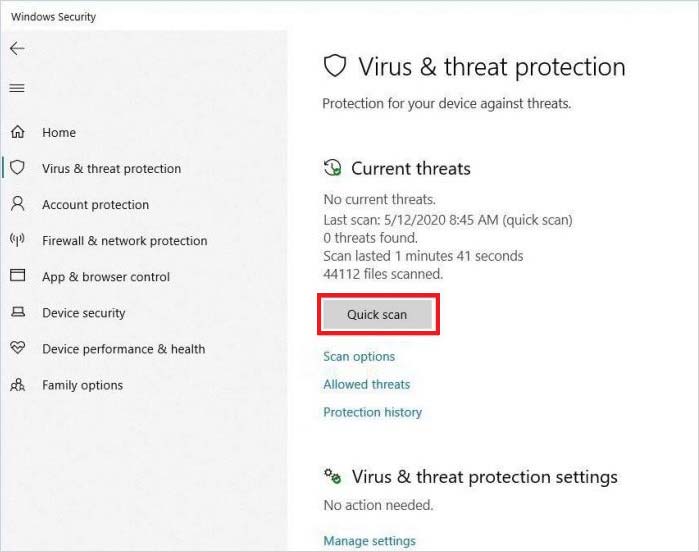
Unfortunately, one of the known side effects may be worse than the problem itself.


Until Microsoft comes up with a fix, these are the mitigations it recommends users take:Ġ3/25 Update: Microsoft has now confirmed this bug and released both a patch for Windows 10 (KB4052623) and a Security Intelligence Update for Windows Defender (v.8), The fixes are now available for Windows 10 Home, Pro and Enterprise users. Whether Microsoft patches this or leaves the millions of users still on Windows 7 exposed is currently unknown, but at some point the company has to stop moving a line it originally drew on January 14. All currently supported versions of the Windows and Windows Server operating systems are vulnerable, including Windows 7, which is no longer supported. "There are multiple ways an attacker could exploit the vulnerability, such as convincing a user to open a specially crafted document or viewing it in the Windows Preview pane," Microsoft admits. ZDNet reports hackers are currently exploiting a new zero-day vulnerability in Windows platforms and Microsoft has confirmed the flaw, which is located in the Adobe Type Manager Library, allows hackers to execute remote code and take control of a user's system.

02/24 Update: now is a particularly bad time for the operation of Windows Defender to be in question.


 0 kommentar(er)
0 kommentar(er)
